
In the field of modern agriculture, landscaping, and ecological restoration, corrugated tree guards have become an indispensable tool for tree protection. These practical, cost-effective, and easy-to-install tree protectors are used across the globe, particularly in harsh environments where young saplings are vulnerable to wildlife, weather, and mechanical damage.
Whether you’re managing a vineyard, planting native trees for a reforestation project, or simply trying to protect ornamental saplings in your backyard, corrugated tree guards can significantly improve survival rates and tree health. Now, follow Polyflute to the world of tree protection and discover why corrugated solutions are dominating the market.
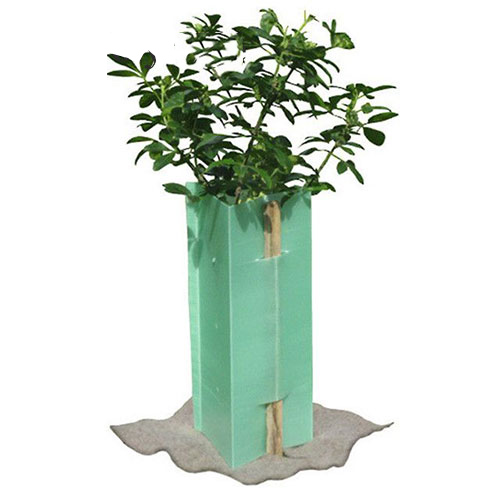
Corrugated tree guards are cylindrical or semi-cylindrical protectors made from corrugated plastic (polypropylene or polyethylene) or sometimes cardboard. Their purpose is to shield young trees and saplings from:
Their corrugated design adds structural rigidity while keeping them lightweight. Typically, they are open on both ends and placed around the base of a newly planted tree, often supported by stakes.
Corrugated plastic tree guards have surged in popularity due to their durability and weather resistance. Compared to cardboard or mesh tree guards, the corrugated plastic models last significantly longer and can often be reused.
The advantages of using corrugated plastic tree guards go beyond just protection. They create a favorable microclimate around the tree stem, promoting faster and more stable growth in the early development stages by retaining moisture and moderating temperature fluctuations.
Key Benefits:
Especially when made of durable materials like polypropylene, corrugated plastic tree guards are known for lasting up to 5 years in field conditions, offering long-term value and sustainability.
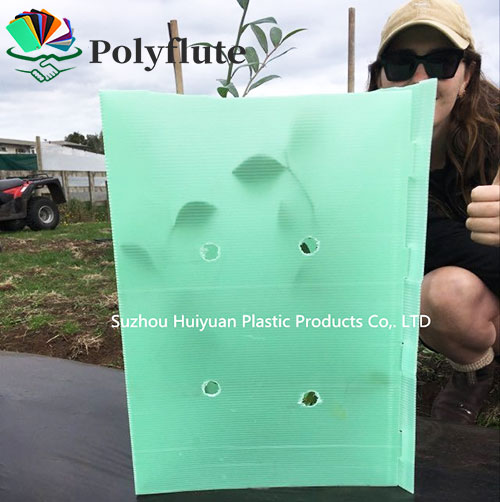
Tree protection comes in various forms: mesh guards, cardboard sleeves, plastic wrap, and corrugated plastic guards. Let’s see how corrugated plastic tree guards stand out.
| Feature | Corrugated Tree Guards | Mesh Guards | Cardboard Sleeves | Tree Wrap |
|---|---|---|---|---|
| Material Durability | High (Plastic) | Medium | Low | Medium |
| Animal Protection | Excellent | Good | Poor | Poor |
| UV Resistance | High | Varies | Low | Varies |
| Installation Ease | Easy | Moderate | Easy | Easy |
| Reusability | High | Low | No | No |
| Cost Per Unit | Medium | Low | Low | Low |
Corrugated plastic tree guards outperform alternatives in most categories, especially in durability and protection. If you’re managing large-scale planting, this investment yields long-term returns.
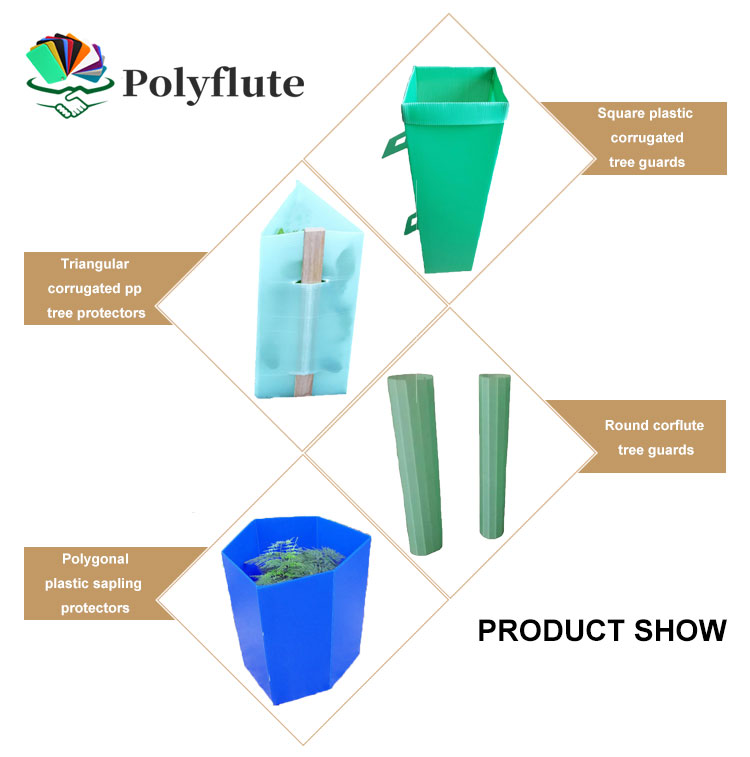
Corrugated plastic tree guards come in a variety of shapes, sizes, materials, and most importantly—colors. While their primary role is to protect young trees from environmental and animal threats, the design variations available in the market allow users to select guards tailored to specific conditions such as climate, plant species, terrain, and aesthetic needs.
In terms of material, most corrugated plastic tree guards are made from UV-stabilized polypropylene or polyethylene, which offers both durability and flexibility. These materials are lightweight, weather-resistant, and suitable for reuse, making them cost-effective for long-term landscaping, reforestation, or vineyard projects.
Size-wise, guards typically range from 30cm to over 60cm in height, and are either round, square, or triangular in shape depending on the required rigidity and tree type. For slender saplings, narrower guards may be enough, while for more exposed areas or vulnerable species, broader or thicker guards offer better protection.
Color also plays a strategic role. Corrugated plastic tree guards are commonly available in green, brown, black, and white:
Each color serves a purpose—not just for appearance, but also for how the guard interacts with light, temperature, and visibility in the landscape.
Color plays a surprising yet significant role in the overall performance of tree guards. White corrugated plastic tree guards offer a unique and valuable benefit—superior light reflection. Unlike darker shades that absorb heat, white reflects sunlight, helping to prevent the stem from overheating. This is particularly important in hot, sun-exposed environments such as Australia, the southern United States, or Mediterranean Europe.
Here’s why white corrugated tree guards are often preferred in harsh climates:
Moreover, white corrugated guards are often used in commercial vineyards and fruit orchards to reflect light upward, improving lower foliage photosynthesis. This contributes not just to stem protection, but also to overall plant health and yield.
So, choosing white corrugated tree guards is not only a matter of preference—it’s a strategic decision for anyone working in hot climates or sunny, exposed planting zones. Their ability to reflect heat, resist UV, and blend aesthetically in multiple landscapes makes them an excellent long-term investment for tree protection.
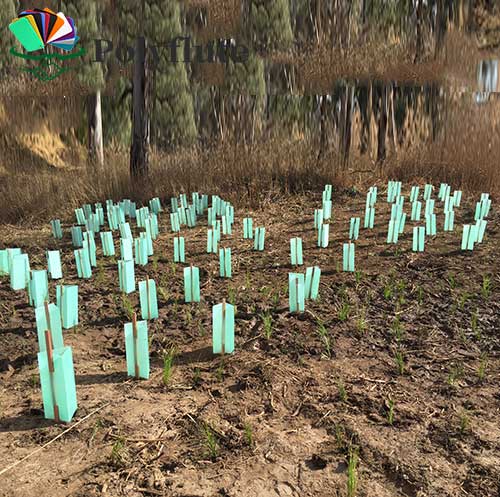
While corrugated plastic tree wrap sounds similar to tree guards, it functions a bit differently. A tree wrap is a spiraled or flexible wrap that directly clings to the tree stem. Its primary use is to protect against:
Corrugated plastic tree protectors, on the other hand, form a cylindrical enclosure that does not touch the tree directly. This allows for better airflow and accommodates thicker growth. In essence:
Installing corrugated plastic guards for tree is simple and efficient, making them a favorite among landscapers, farmers, and environmental restoration teams. Here’s a quick step-by-step process to ensure your guards are properly installed for maximum protection and durability.
Tools Needed:
Installation Process:
Lastly, regularly inspect the tree guards for any shifting, damage, or intrusion by weeds, insects, or debris. A quick monthly check ensures long-term effectiveness and tree health.
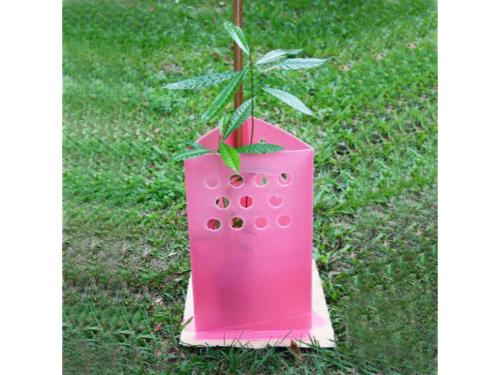
Not all corrugated plastic guards for treeare created equal. When sourcing them for your project, consider the following criteria to ensure optimal protection and longevity:
Material Thickness
2mm to 4mm is ideal for balancing flexibility and strength. Thicker guards offer better resistance against animals and harsh weather but may be less flexible during installation.
Height & Diameter
Typical heights: 30cm (short), 45cm (standard), 60cm+ (for tall wildlife such as kangaroos or deer). Diameter usually ranges from 70–100mm, chosen based on the tree species’ expected trunk growth and branch spread.
UV Stabilization
Choose UV-treated polypropylene guards for longer lifespan under intense sunlight. UV protection prevents brittleness and cracking, especially in exposed environments.
Biodegradability
While traditional plastic guards last longer, some environmentally conscious projects may prefer biodegradable or compostable options that reduce long-term waste.
Color Options
Additionally, consider the ease of installation, local wildlife pressures, and budget to select the best guard that meets both ecological and practical needs.
To ensure long-term effectiveness:
In Vineyards:
Protect grape vines from rabbits, deer, and spray drift during herbicide application. They also encourage straight vertical growth, improving vine structure and facilitating easier harvesting.
In Reforestation:
Essential for native species establishment, these guards prevent early-stage browsing by animals and reduce damage from soil erosion and wind exposure, enhancing survival rates of young saplings.
In Urban Landscaping:
Provide discreet protection from lawnmowers, foot traffic, and pedestrians while blending seamlessly with ornamental tree projects and public green spaces.
Corrugated tree guards are highly scalable — suitable for everything from backyard plantings to large-scale government reforestation and commercial vineyard programs, offering versatile and effective protection.
If you’re a contractor, nursery, or government body sourcing corrugated tree guards in bulk, look for manufacturers offering:
Make sure to request product samples and verify material quality before large purchases.
Reliable manufacturers and exporters from China, such as Poluflute, often offer competitive pricing on corrugated plastic tree guards, especially for orders over 5,000 units.
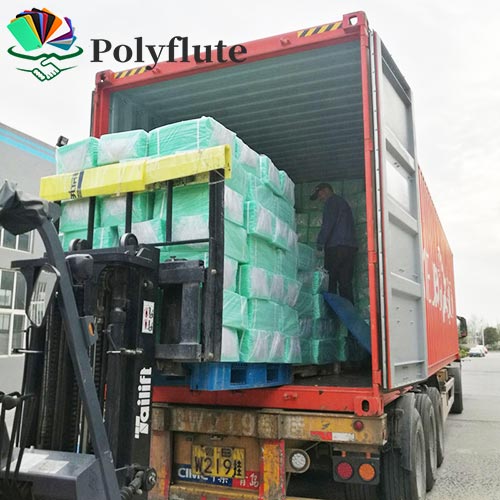
From the smallest garden to the largest revegetation project, this kind of plastic guards for tree provide essential protection for young trees in their most vulnerable stages. With their durability, cost-efficiency, and ease of use, they are clearly the top choice among foresters, landscapers, and environmentalists.
Whether you’re looking to buy white corrugated plastic tree guards for your vineyard, or evaluating corrugated plastic tree wrap for bark protection, understanding these tools will help ensure long-term tree health and success.
